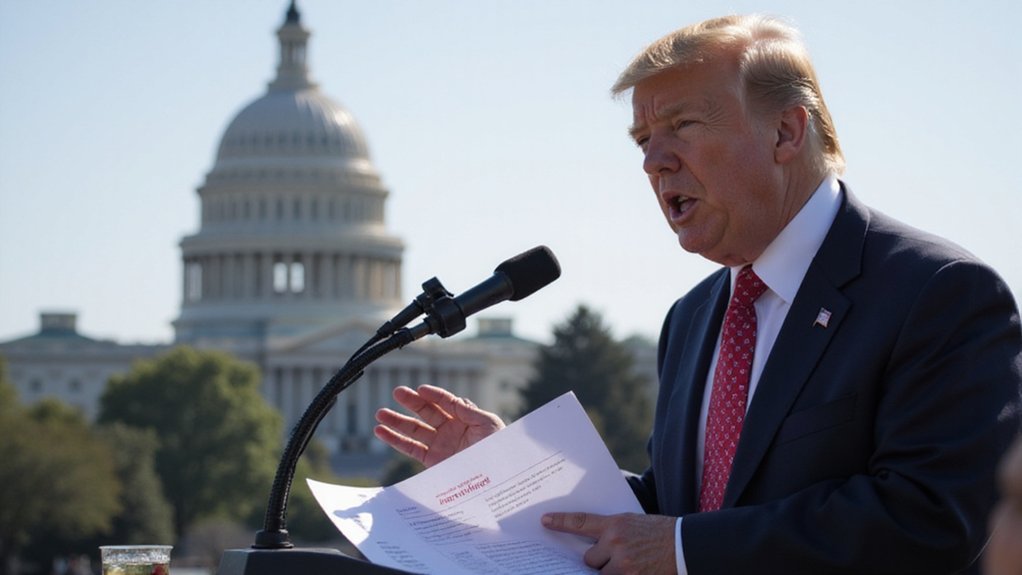A coalition of major US banking associations has launched a coordinated assault on what they characterize as a glaring regulatory loophole in the recently enacted GENIUS Act, demanding that Congress explicitly prohibit stablecoin issuers from circumventing yield payment restrictions through affiliated entities.
The Bank Policy Institute, American Bankers Association, Consumer Bankers Association, and several other heavyweight industry groups have submitted formal letters arguing that while the GENIUS Act prohibits stablecoin issuers from directly paying yields to holders, it conspicuously fails to address the rather obvious workaround of routing such payments through affiliate exchanges or intermediaries.
This oversight has created what amounts to regulatory arbitrage on steroids—allowing entities like Circle to offer USDC rewards through exchanges like Coinbase and Kraken while technically complying with the letter (if not the spirit) of the law.
The banking groups’ alarm extends far beyond mere competitive concerns, projecting potentially catastrophic systemic risks. They warn that failure to close this loophole could trigger $6.6 trillion in deposit outflows from traditional banks to yield-bearing stablecoins—a figure that would fundamentally reshape the American financial landscape.
Such massive capital flight would presumably disrupt credit flows to businesses and families, increase borrowing costs, and reduce loan availability precisely when economic stability depends on predictable funding sources. The resulting credit creation disruption could severely impact Main Street businesses and households already facing economic pressures.
The irony is palpable: an industry that has long resisted regulatory oversight now finds itself pleading for tighter rules to constrain competitors operating under different regulatory frameworks.
Banks argue this creates an uneven playing field, given their subjection to thorough deposit insurance requirements, reserve mandates, and capital adequacy standards that stablecoin issuers largely sidestep.
The crux of their argument centers on deposit flight dynamics during periods of financial stress. When yield-bearing stablecoins can offer attractive returns without traditional banking overhead, depositors face compelling incentives to abandon conventional accounts. The stablecoin market capitalization’s recent surge past $200 billion demonstrates the growing appeal of these digital alternatives.
This prospect particularly unsettles banking executives who recall the recent regional banking turbulence and understand how quickly digital assets can facilitate capital migration. Marketing strategies that blur the lines between stablecoin yields and traditional bank interest could exacerbate consumer confusion about the fundamental differences between these financial products.
Regulatory guidance addressing this loophole remains pending, while Congress weighs potential amendments to the GENIUS Act amid intensifying lobbying campaigns from both banking associations and cryptocurrency advocates.









